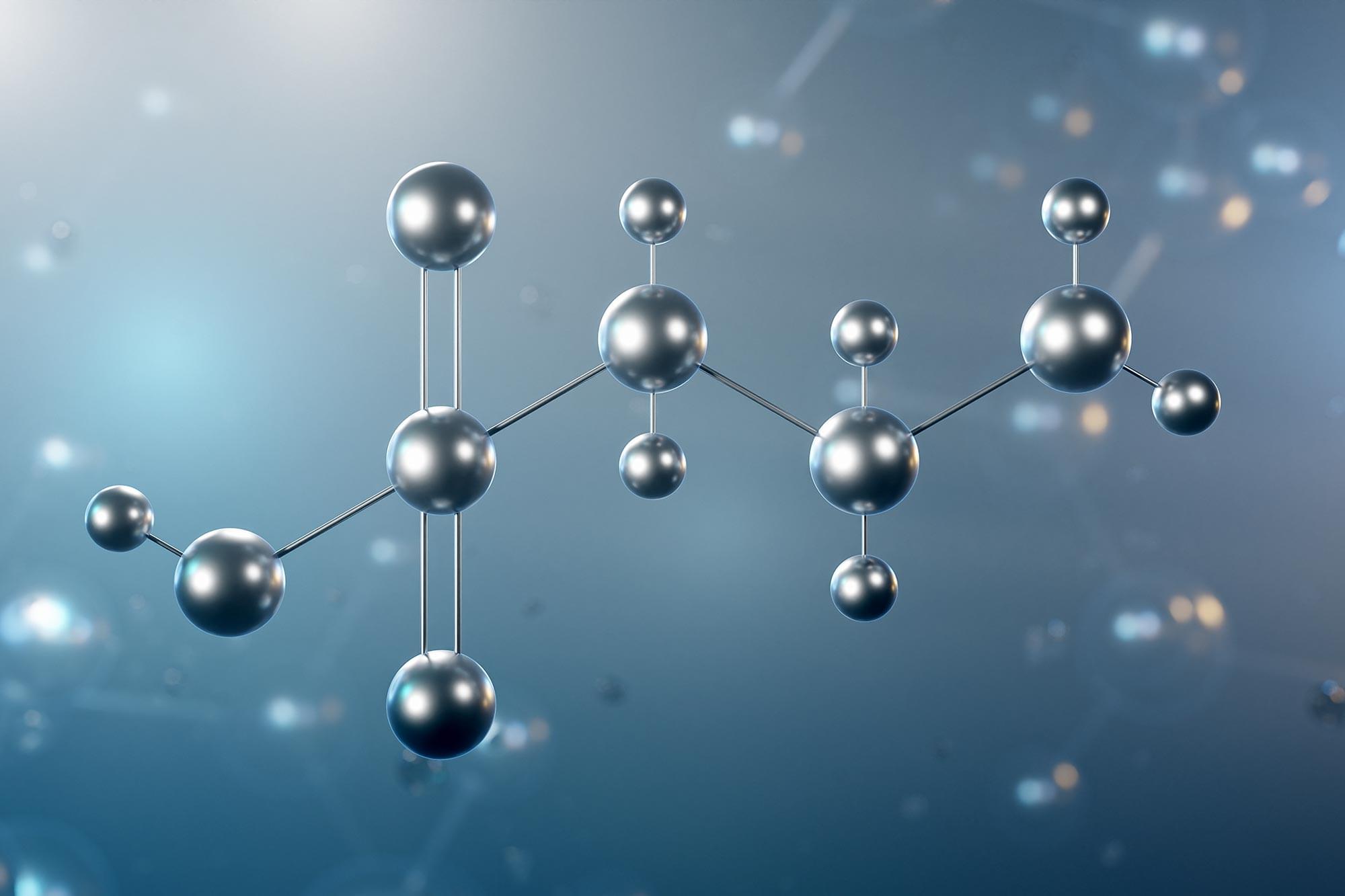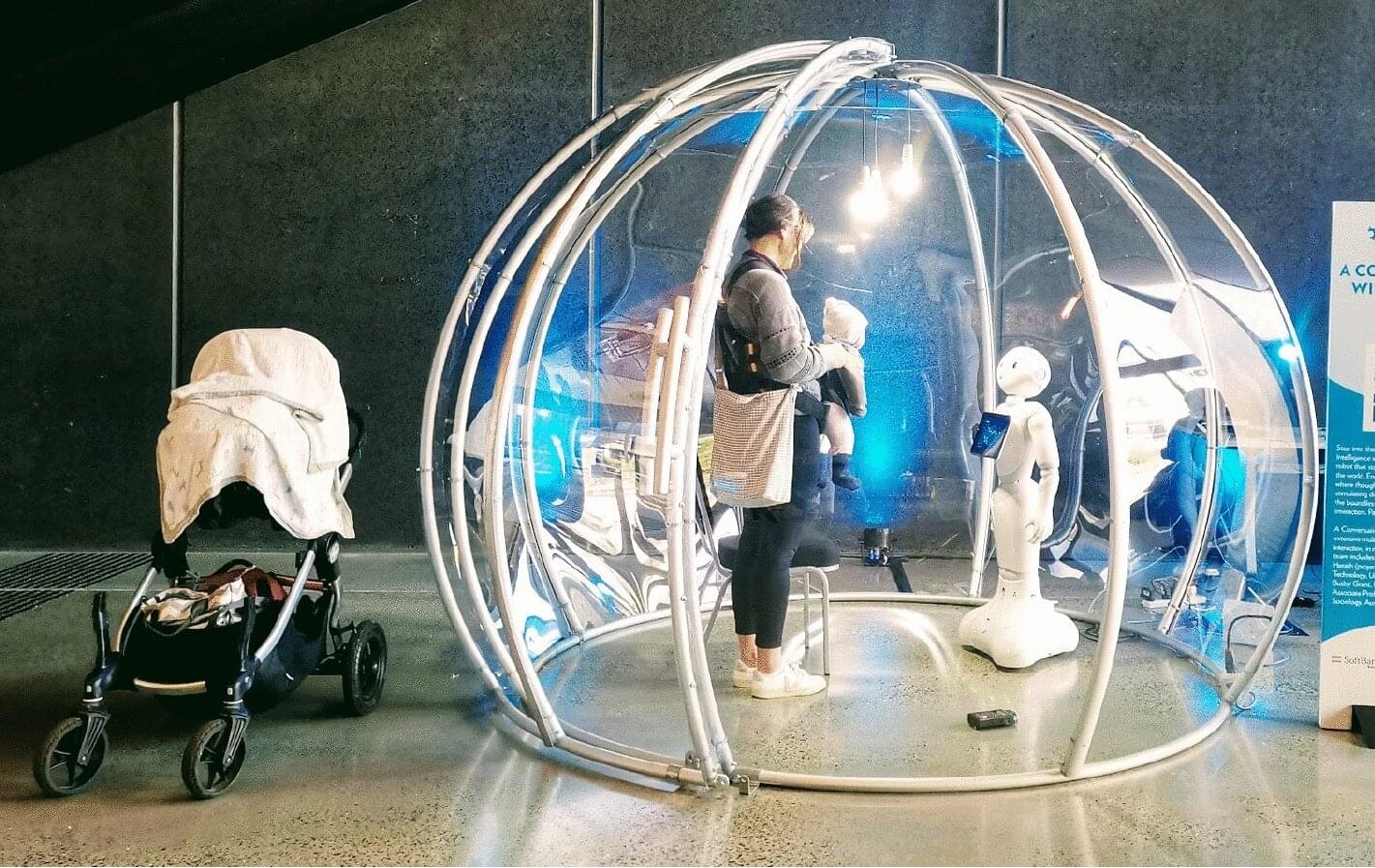Researchers at the University of British Columbia say they have developed a new tool to detect common drink-spiking drugs.
They say they plan to test the device, known as Spikeless, in the hopes it will one day be used widely to combat drugs being added to drinks and to prevent sexual assaults.
The university said in a news release that the “seemingly ordinary stir stick” can detect drugs such as GHB and ketamine within 30 seconds, changing colour if a beverage is contaminated.
Sasha Santos, an anti-violence activist working with the researchers on the project, says the technology has the potential to be a game-changer, adding that other drug testing tools are marketed to customers in a problematic way.
An anti-violence activist says the invention, which can detect drugs within 30 seconds, aims to make the stir sticks ubiquitous in bars, clubs and pubs, so every single drink served comes with a safety test.








